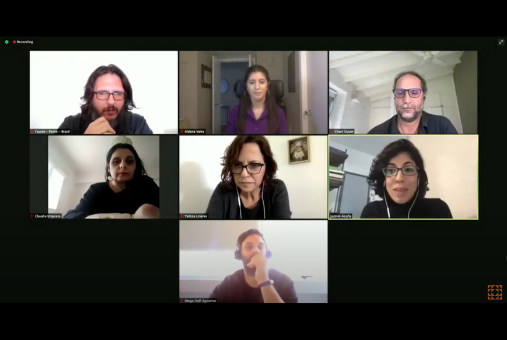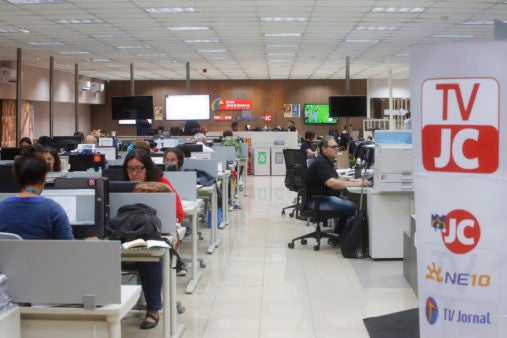
Black Adnet is a network of 26 independent digital media outlets spread across Brazil, with a total audience of 2.5 million unique users per month, that aims to connect major brands with collectives and media outlets

The two largest newspapers in Brazil are in an open dispute for market leadership and they both call themselves leaders, but use different criteria and numbers to reach this conclusion.

Close to being in existence for a decade, Costa Rican digital outlet CRHoy built a strong audience, betting on a balance between breaking news and impactful investigations, which led to awards and credibility for the outlet.

By virtue of the financial and strategic support of a program for digital media in Latin America, 10 media outlets managed to grow as organizations, create and strengthen products, in addition to increasing their audience despite the general crisis caused by the pandemic.

The amount raised was used to hire journalists, move the newsroom to a larger and safer building, and to purchase equipment

Digital Natives: Agência Infra, which started 2017, is a Brazilian digital news organization that covers infrastructure projects for a demanding public and experiments with different products and services.

Pandemic has brought business opportunities and editorial collaborations to some small digital media from the region that have contributed to their development and increase in audience.

Brazilian digital media outlets like JOTA, NEX and Ponte grew during the COVID-19 pandemic and they are betting more and more on their subscriptions and membership programs to keep themselves afloat.

In Brazil, today, there are 26 century-old newspapers in circulation. To stay relevant, they strive to stay true to their history and connected with readers who’ve been with them for decades, emphasizing their belonging to the community.

The gloomy end of Jornal do Brasil is not necessarily the rule that is being followed by other Brazilian newspapers that, more recently, have also given up their daily print editions to prioritize digital platforms.